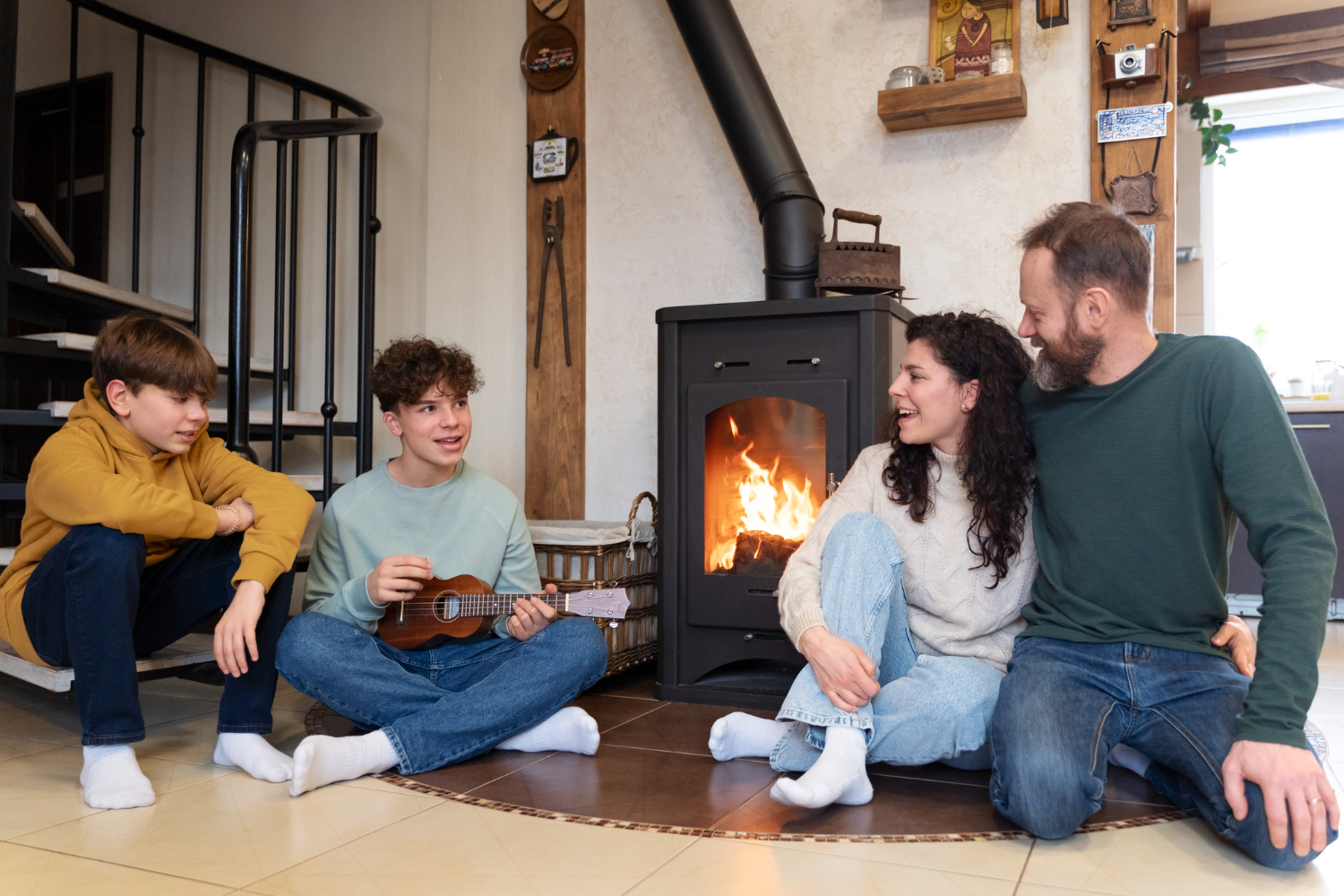First frost brings a familiar ritual: logs stacked by the back door, mittens drying on the radiator, and a living room waiting for firelight. But that glow only feels magical when the system behind it is sound. As temperatures fall, smart preparation turns a fireplace from aesthetic to anchor. This guide focuses on the practical checks homeowners should complete before any match is struck, blending safety basics, maintenance priorities, and small upgrades that add real comfort throughout winter. Done right, warmth follows.
Schedule A Chimney Inspection And Sweep

Creosote and soot narrow the flue and raise fire risk, while loose mortar, cracked tiles, and bird nests choke airflow. A certified sweep inspects top to firebox, brushes deposits, and reports crown, liner, and smoke chamber defects. Schedule service before heavy use so draft is strong and smoke stays out of rooms. Ask for photos and a short plan of repairs, then log dates and findings. Clean, documented systems burn hotter, cleaner, and with fewer midwinter surprises.
Confirm The Damper And Draft
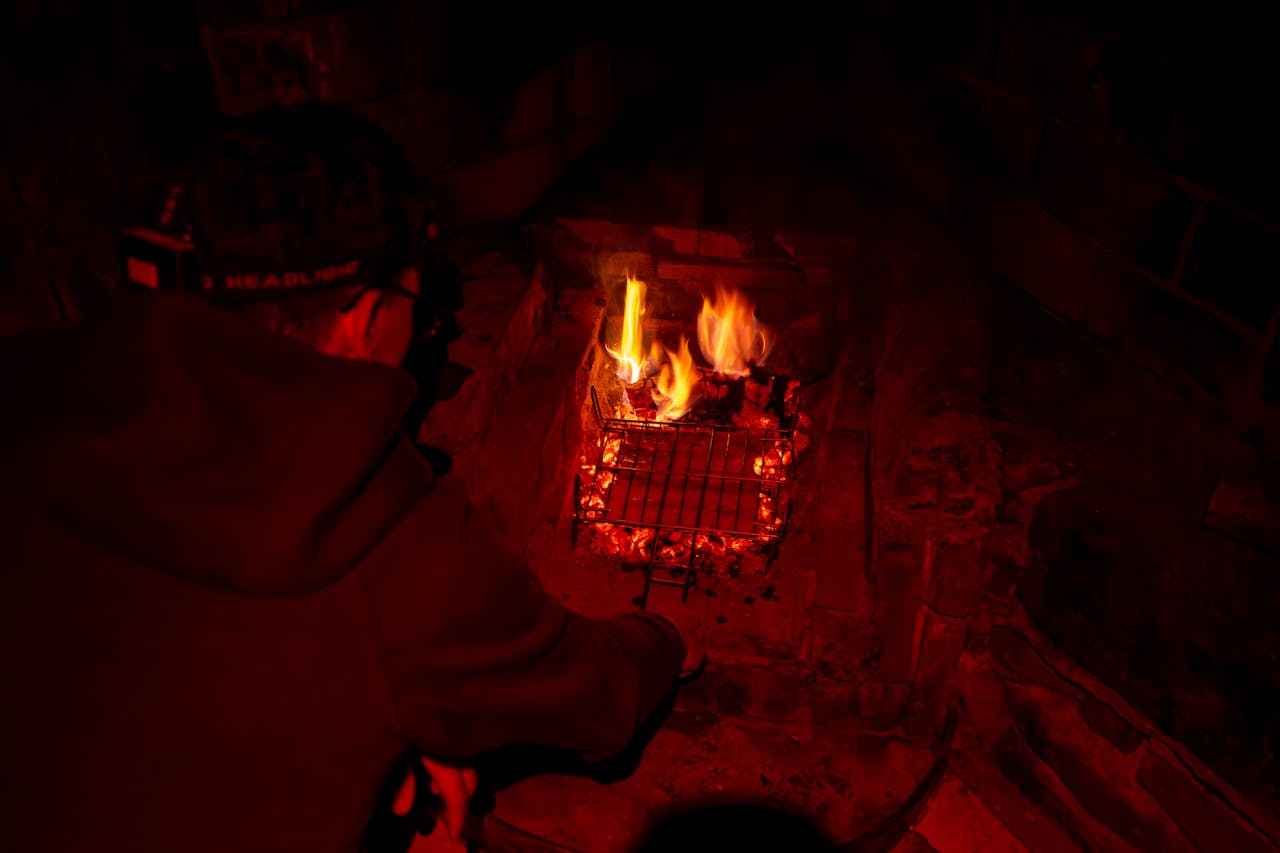
A damper that opens fully and seals tight controls heat, smoke, and fuel use. Test draft with a cool fireplace by moving a lit match near the throat; the smoke should pull upward, not spill into the room. If it drifts, preheat the flue with a rolled newspaper, crack a nearby window to ease negative pressure, and switch off strong exhaust fans. Persistent backdrafts warrant a professional check of flue height, roof turbulence, and room air supply. Record results with outdoor temps so cold fronts and wind shifts do not confuse the diagnosis.
Inspect Cap, Crown, And Flashing
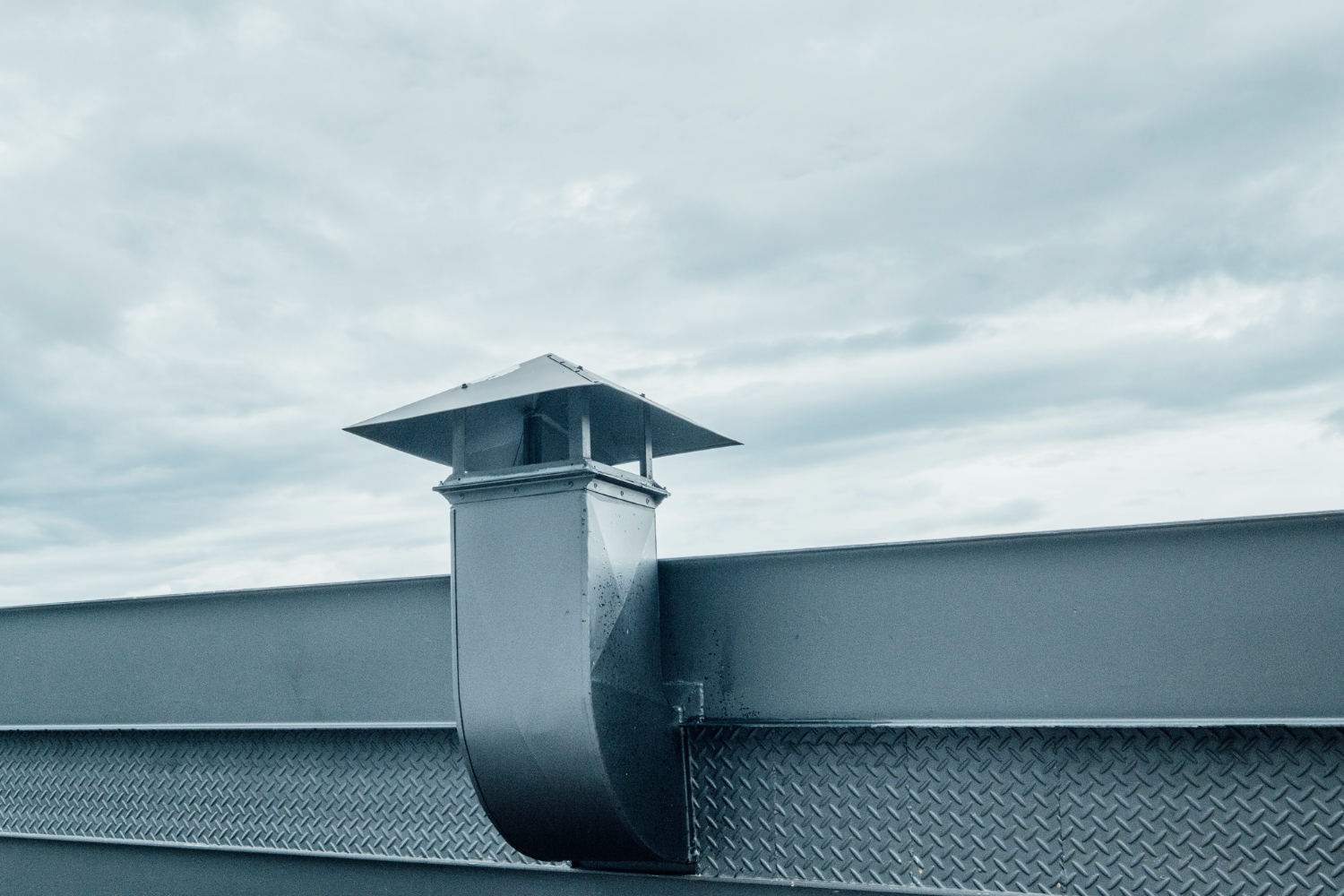
A good cap with mesh blocks animals and leaves, sheds rain, and tames gusts that scatter embers. The crown should be crack free and sloped to throw water, and flashing must seal the joint where chimney meets roof. Leaks stain ceilings and saturate bricks that then spall in freeze thaw cycles. Replace rusted hardware, patch hairline fractures with proper compounds, and renew sealant before storms. Dry masonry protects the liner and keeps the stack drawing well. A dry stack drafts faster, lights easier, and stays structurally sound through hard freezes.
Test Alarms And Fire Gear
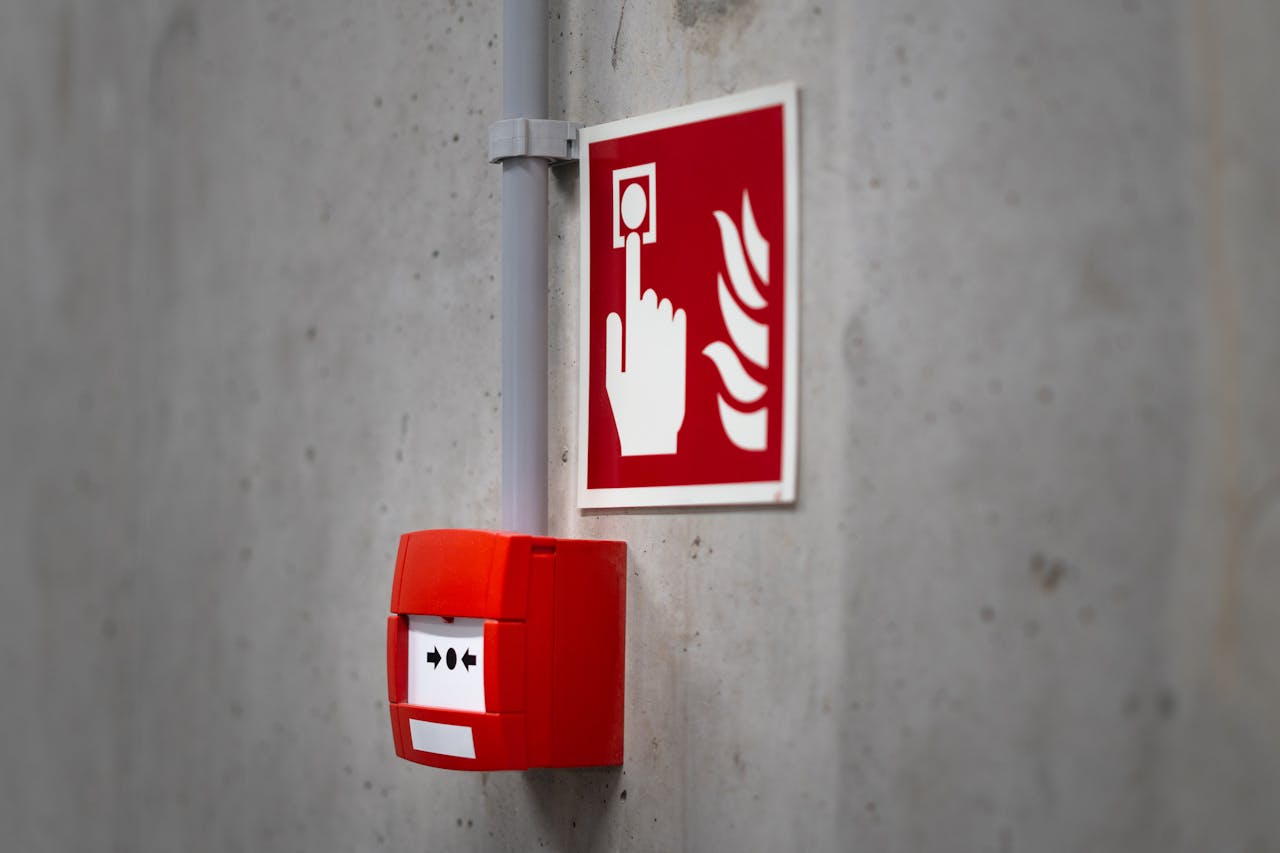
Smoke and carbon monoxide alarms turn small mistakes into harmless warnings. Replace batteries, check manufacture dates, run test tones, and install units on every level and near bedrooms. Keep a dry chemical extinguisher rated 2 A 10 B C within reach and review simple PASS steps. Clear a fast exit path so chairs, plants, or stacked wood do not slow movement. Expired alarms and hidden extinguishers offer false comfort when seconds matter most. Note test dates on the cover with a marker and stage the extinguisher where every adult can reach it.
Clear The Hearth And Check Barriers
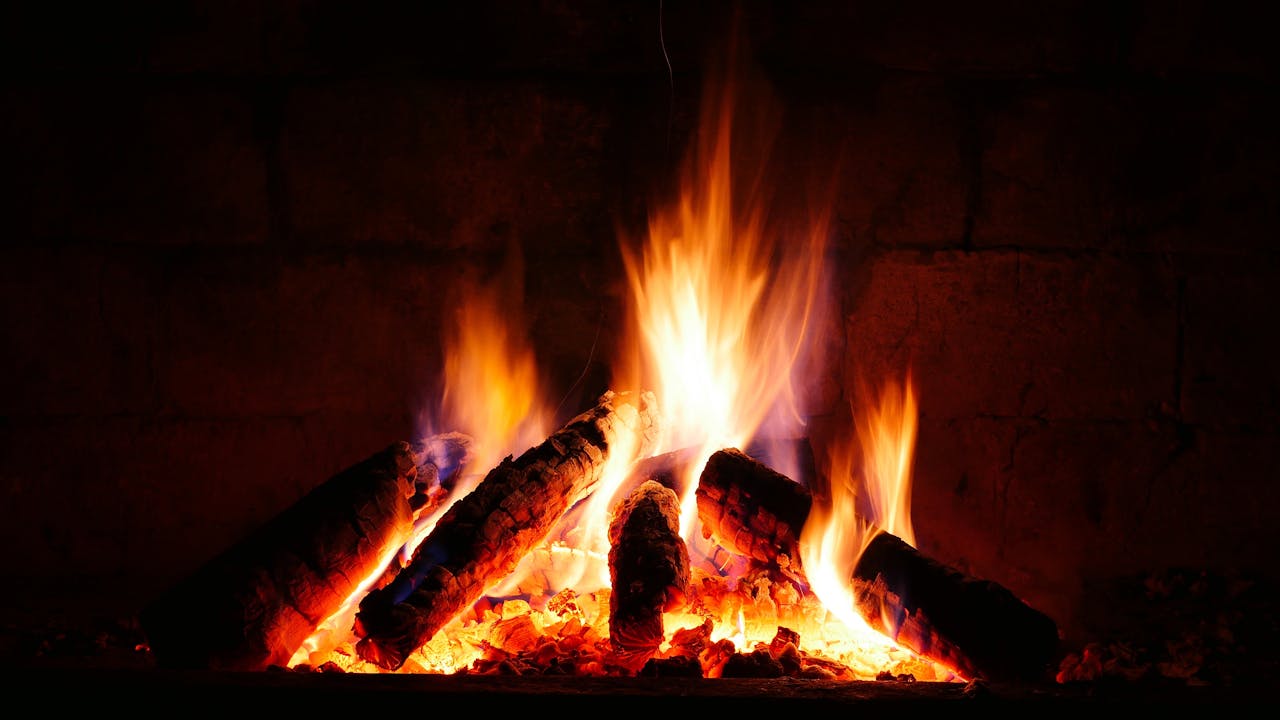
Clutter creeps close as nights get cold. Keep baskets, garlands, wood stacks, and rugs outside the clearance zone, and use a tight screen or tempered glass to catch sparks. Shovel out old ash that can smolder and send dust airborne. Inspect refractory panels for cracks, confirm the grate sits level, and replace warped screens. Store cooled ash in a metal lidded can on stone outdoors. Small housekeeping here prevents scorch marks and smoky rooms. A tidy, fire resistant zone also improves airflow and keeps pets and kids from edging too close.
Choose Proper Fuel And Store It Well
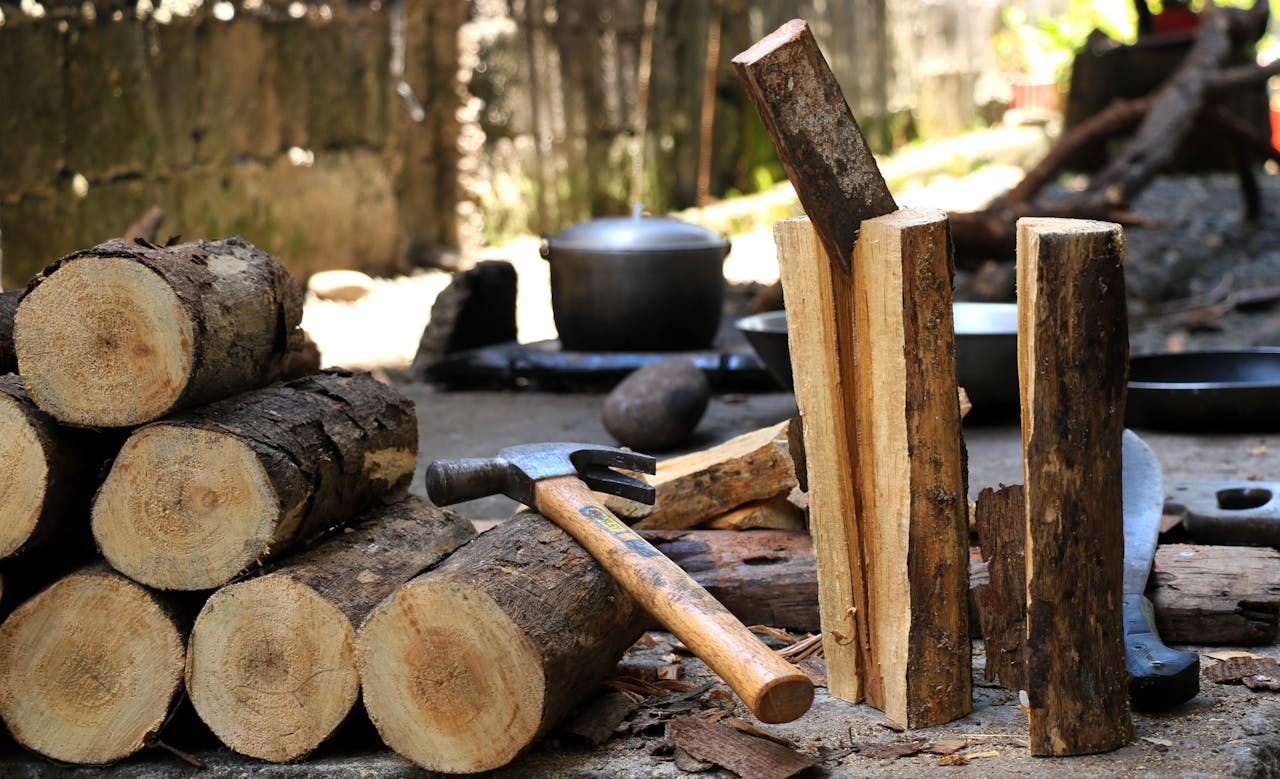
Seasoned hardwood below 20 percent moisture burns hot and steady with fewer deposits. Use a meter to confirm moisture; cracked ends alone fool the eye. Split to wrist thick pieces, stack on pallets or rails, and cover the top while leaving sides open for airflow. Rotate older splits forward so they do not go punky. Skip painted lumber, pallets, glossy papers, and construction scraps that release chemicals and clog the flue with sticky residue. Good fuel turns to bright coals and leaves light ash after a steady evening burn.
Review Gas Fireplace Safety

Gas units need clean airways and tight seals as much as wood systems do. Inspect the pilot, thermocouple, and glass gasket, then test accessible joints with a mild soap solution for bubbles. Vacuum dust from logs and intakes, verify unobstructed exterior vents, and confirm the carbon monoxide alarm. Relight the pilot by the manual if needed, not by guesswork. Any valve delay, ignition bang, or faint gas odor is a job for a licensed tech. Annual service confirms manifold pressure and keeps decorative glass free of hairline cracks.
